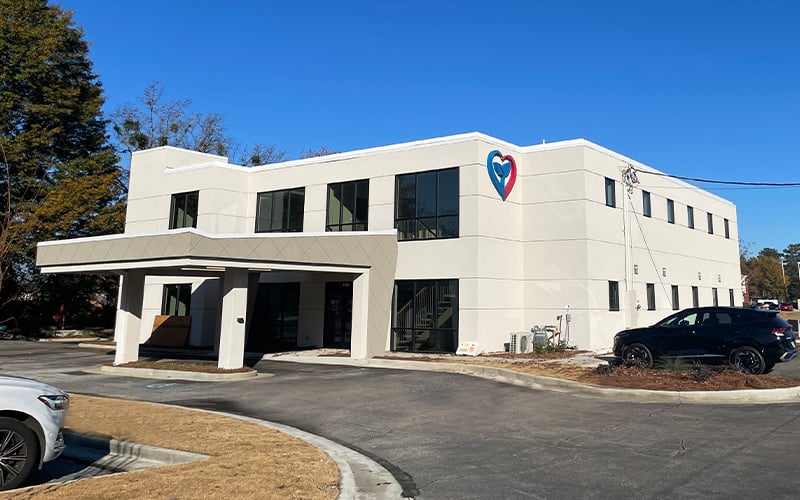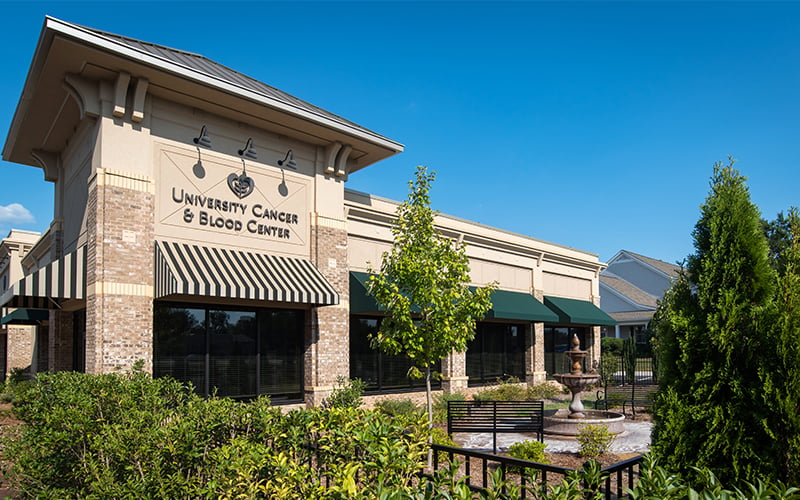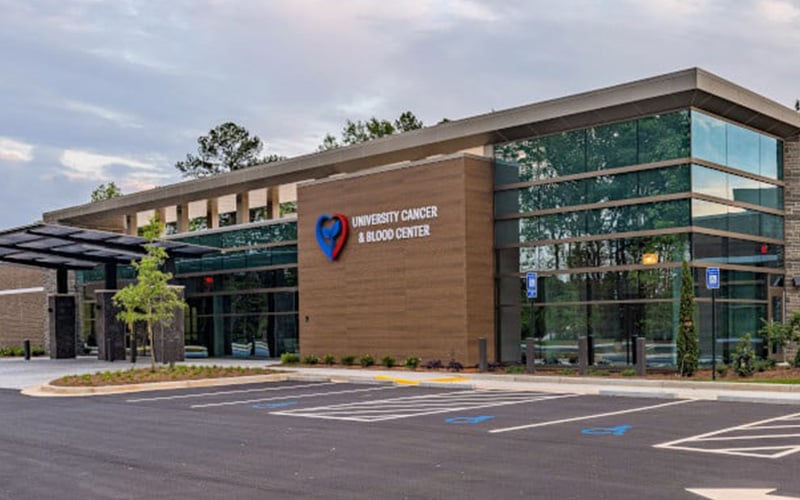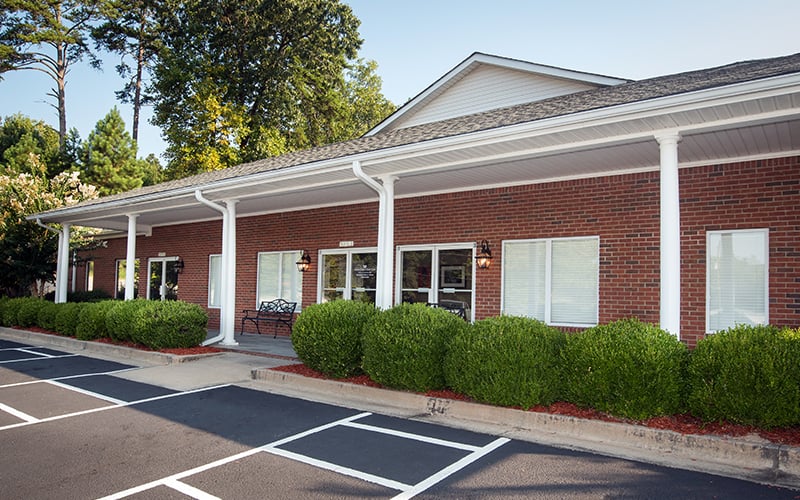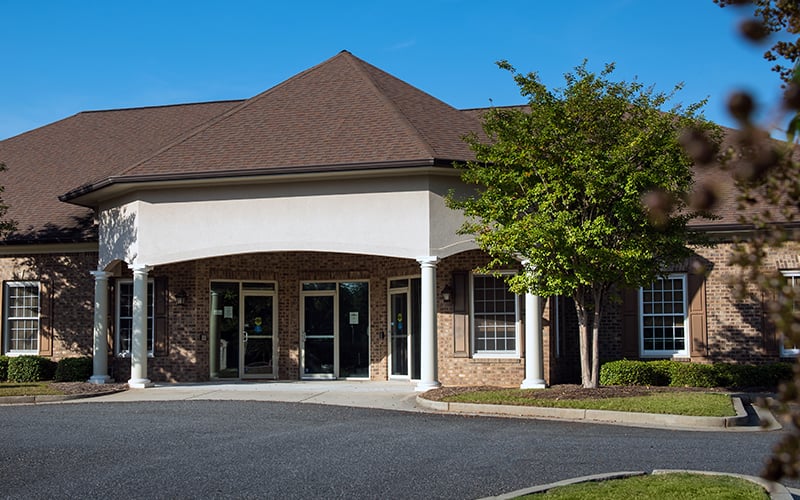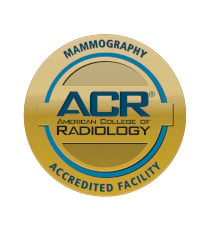Hospice and palliative care both focus on quality of life for patients with serious illnesses and their family members. Patients with cancer, dementia, chronic obstructive pulmonary disease (COPD), and other major illnesses can benefit from receiving hospice or palliative care.
To understand more about the important role these types of care play, we’ll explain the basics of both Hospice and Palliative Care.
Hospice & Palliative Care Basics
“Hospice and palliative care programs help patients control symptoms and pain levels,” explains Dr. Erick Flynt, “while also providing psychosocial and spiritual support for both the sick, and their loved ones. The goal is to offer the highest degree of medical care, plus emotional and spiritual attention in the face of a life-limiting illness.”
In 2018, 4,700 hospice care agencies in the United States tended to 1.6 million patients, providing care, support, and above all dignity during the dying process. And according to a 2019 report, 72% of U.S. hospitals with fifty or more beds provide a palliative care team for patients.
Similarities and Differences
Both of these specialized forms of care prioritize a patient’s quality of life by providing stress reduction, comfort, and physical and emotional easement of complex illness symptoms. While hospice is primarily concerned with the period closest to death, palliative care works to maintain the highest quality of life while also continuing to administer non-curative but life-sustaining treatment.
Palliative care teams can be made up of several care providers, including doctors, nurses, social workers, nutritionists, and chaplains. Typically palliative care occurs in a hospital setting, but it can also be practiced in a nursing home, outpatient center, or home setting. All involved individuals will collaborate with the patient and their family members to oversee their full range of needs when managing a life-limiting illness.
Hospice is very similar to palliative care, with one important difference. Patients who seek hospice care typically have a life expectancy of less than six months and are no longer pursuing curative treatments of any kind. Comfort and symptom easement can be provided in any location, including at your own home, but it can also be conducted at nursing homes and other long-term care facilities, or in centers dedicated exclusively to hospice services.
Medicare, Medicaid, and many insurance plans usually cover the medical expenses of palliative care. Hospice care is most often paid for as a Medicare benefit, but may also be covered by state Medicaid plans or private insurance.
Although making the decision to enter this type of care certainly isn’t easy, and comes with many considerations, neither palliative care nor hospice has to be permanent. For example, it’s possible to transition from palliative care to hospice if a patient decides to discontinue curative treatments. You may also switch to palliative care if hospice doesn’t feel like the right decision after a short time, if life circumstances change and you want to continue receiving potentially curative care, or if new treatment options are presented by your medical team.
In all cases, close communication between patients, their families, and their health providers is essential before and during this time. Talking to loved ones about your wishes for end-of-life care may feel uncomfortable, but it is one of the best ways to prepare everyone before the stress and grief of a debilitating disease ever takes hold.
The team from University Cancer and Blood Center knows that no decision comes lightly when you’re facing a serious disease like cancer. Our providers will discuss all possible options and answer any questions you have so you can make informed decisions about your care. Find out more about how we can help by sending us a message online or by calling (706) 353-2990.





